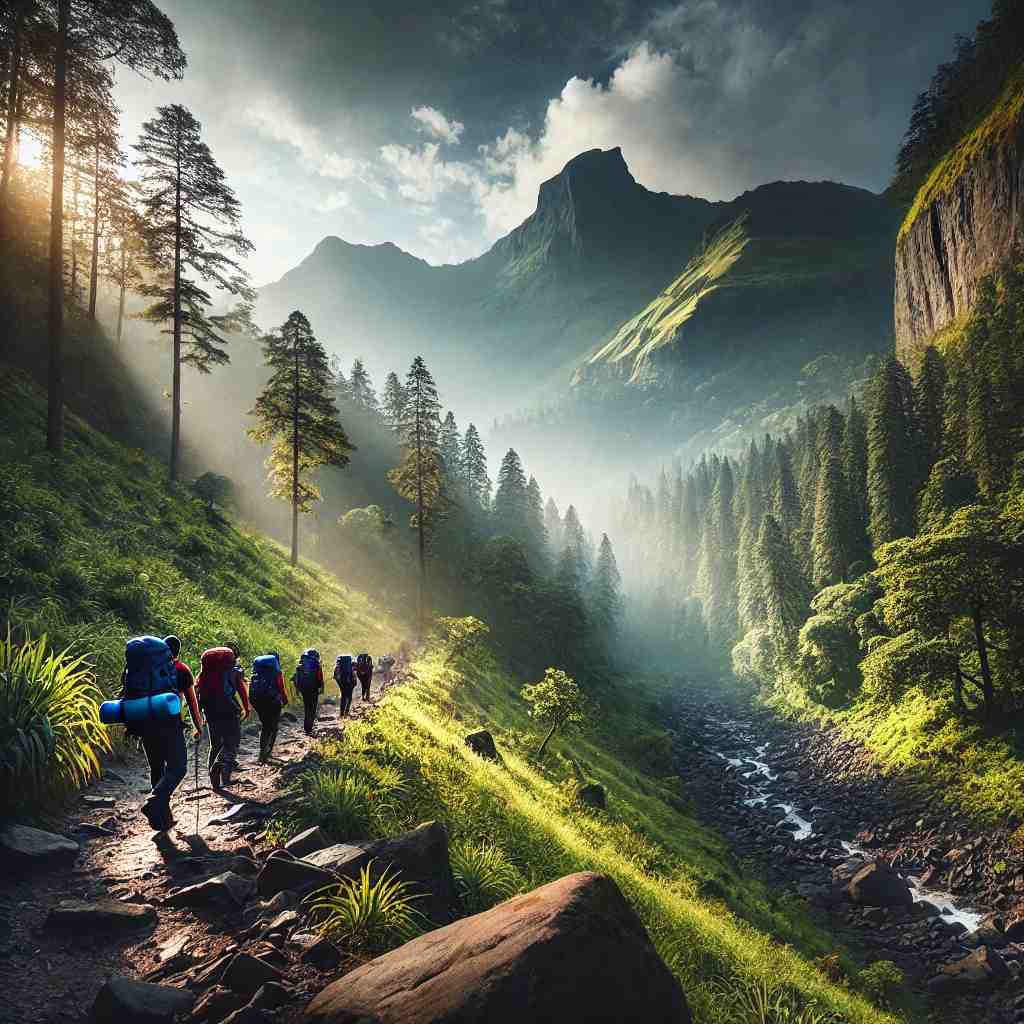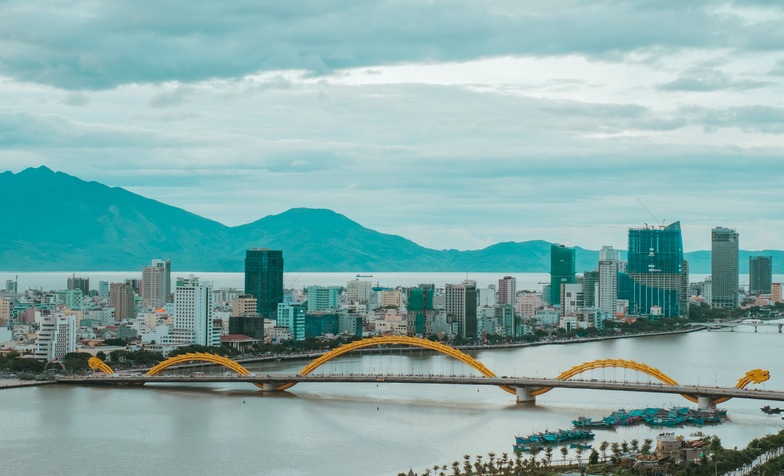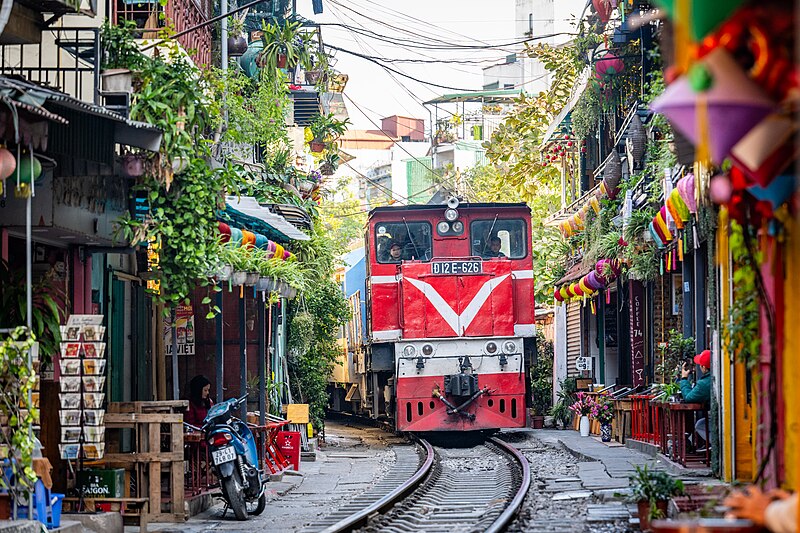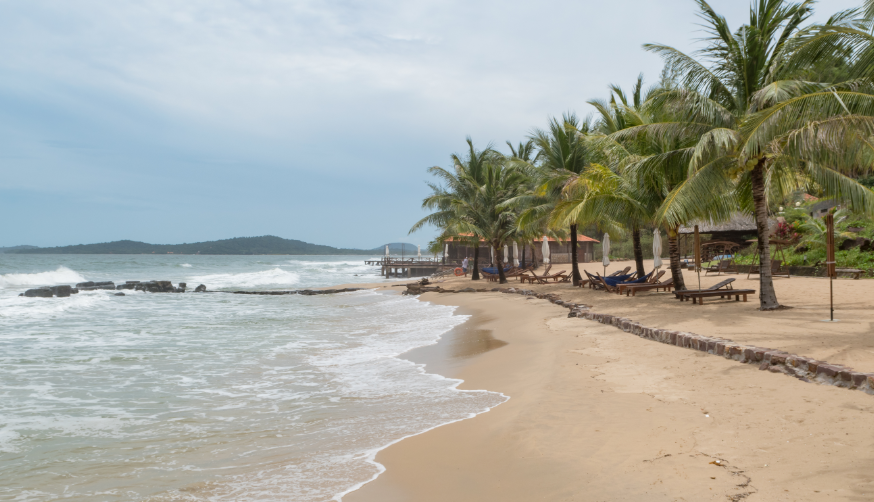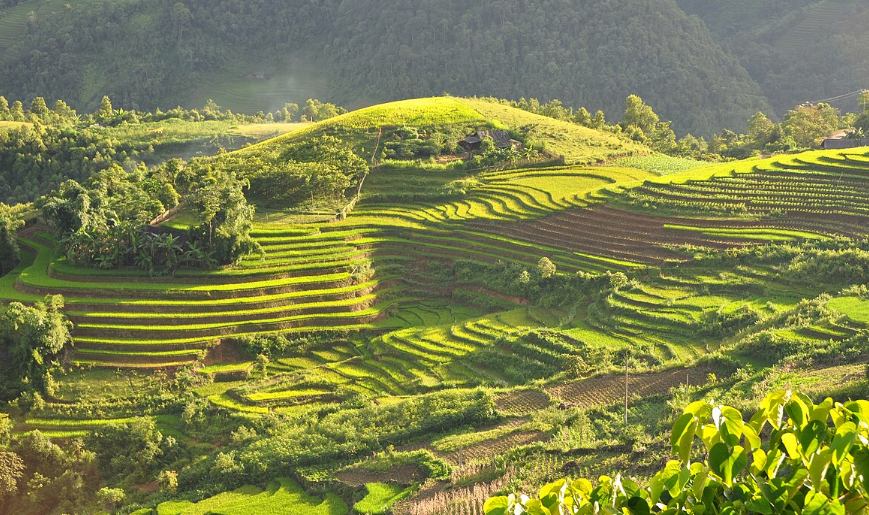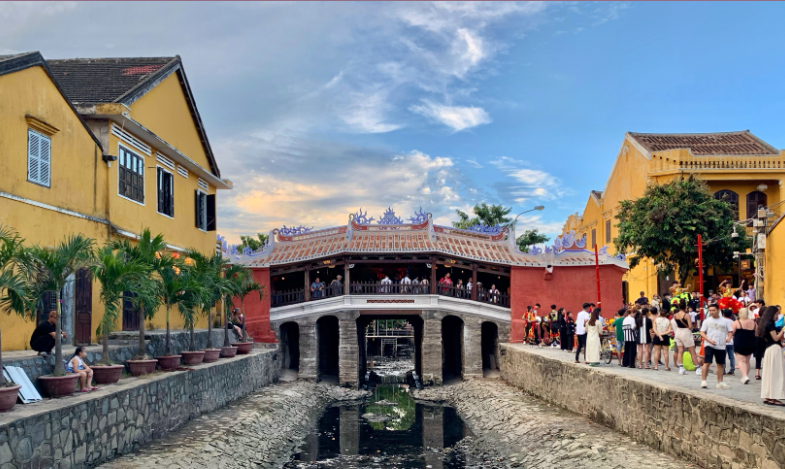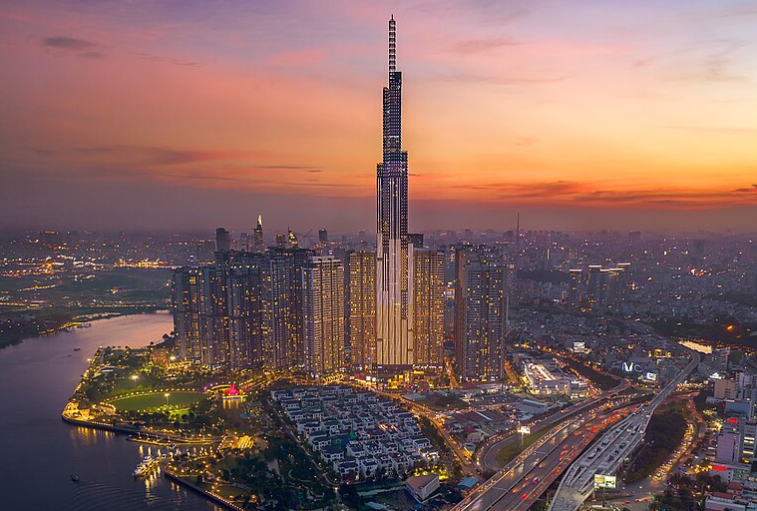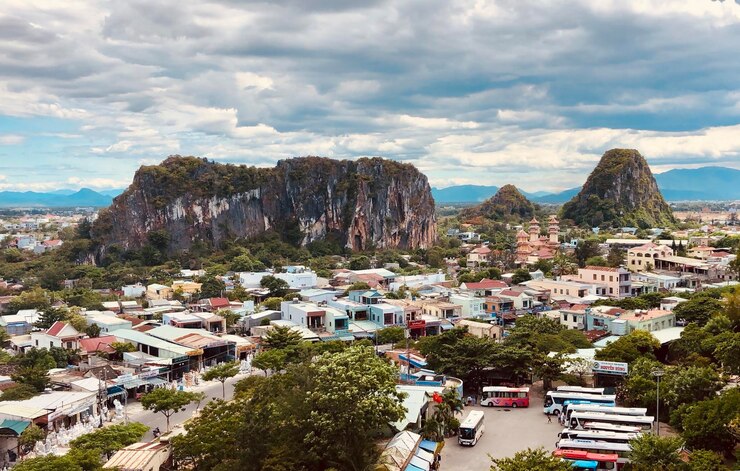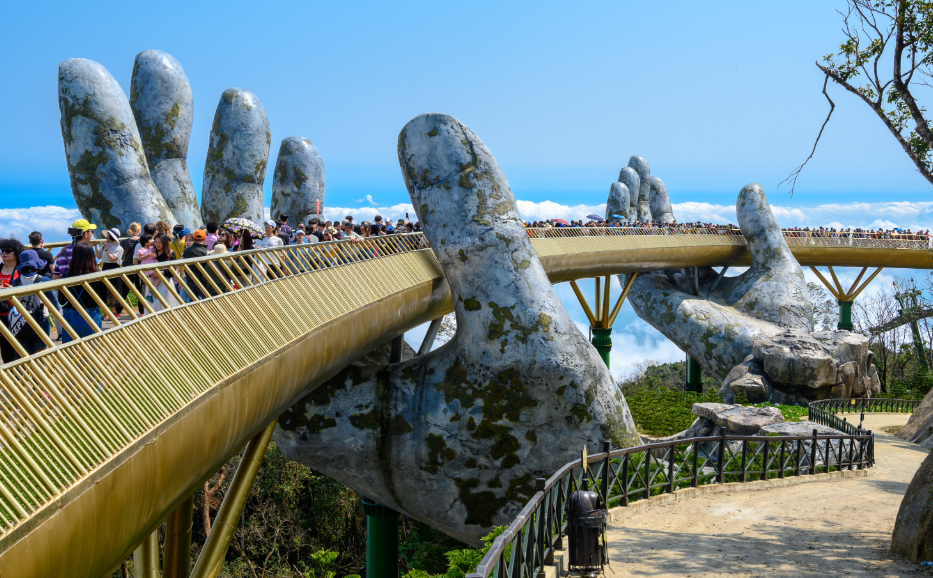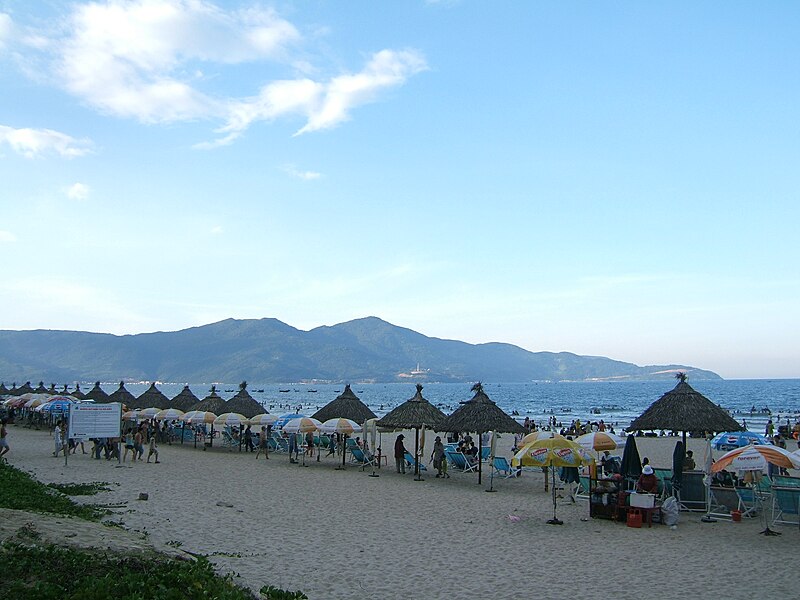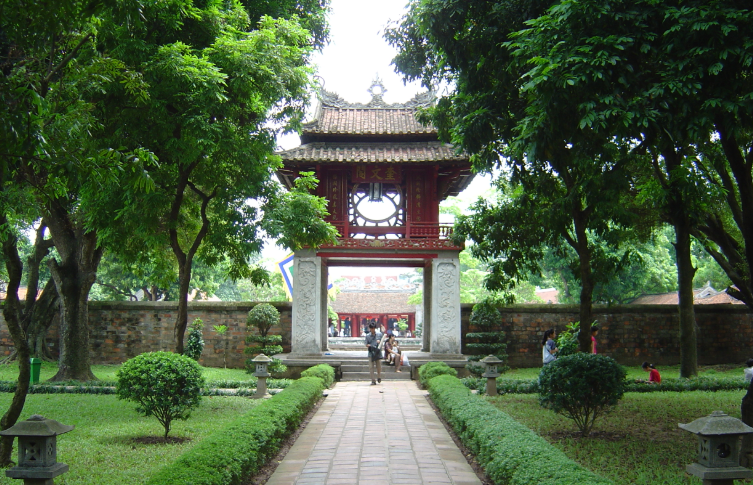A backpack, sturdy shoes, beautiful trails, and Vietnam are the perfect recipes for a fantastic trek. Vietnam boasts a massive variety of terrains, making it possible to trek over fields of rice terraces, dense forest lands, mountains, and valleys. It appeals to trekkers as it offers a variety of challenging tracks, an opportunity to get acquainted with locals’ lives, and fabulous views of nature. Everybody can find something suitable for a beginner or a professional. Here is a list of trekking destinations in Vietnam to consider for your next adventure.
1. Sapa, Lao Cai Province
Sapa is situated in the northern highland. It has become one of the most must-visited trekking sites in Vietnam. It is rich in stunning terraced rice paddies, traditional ethnic minorities’ villages, and the Hoang Lien Son Mountain range. Sapa has a number of treks available for beginners and professional travellers.
Highlights:
- Fan Si Pan Mountain (Phan Xi Păng): Standing at about 3,143 meters, it is the highest mountain in the country and requires two or three days of strenuous hiking for experienced trekkers.
- Terraced Rice Fields: Sapa offers marvellous terraced rice paddies that are impressive throughout the seasons of the year.
- Cultural Immersion: A village tour is also possible through places like Ta Van, Lao Chai, and Cat Cat, where tourists encounter ethnic groups like the Hmong and Dao.
- Trek Difficulty: Moderate to Difficult (the level of difficulty depends on a particular path).
- Best Time to Visit: Any time between September and November or March and May is ideal because the climate and views are breathtaking.
2. Mai Chau, Hoa Binh Province
Mai Chau is a few hours away from Hanoi and is a quieter location for trekking than Sapa town. It is one of the most attractive places of interest for trekkers because of the beautiful valleys, rice paddies, hills, and ethnic culture.
Highlights:
- Paddy Fields and Villages: Experience rice terracing landscapes and see stilt homes in Pom Coong and Lac villages.
- Pu Luong Nature Reserve: It is close by and has numerous trails for trekking through the forests, up limestone cliffs and villages.
- Trek Difficulty: Easy to moderate
- Best Time to Visit: Specifically between September to May seasons as the weather is cool and the rice terraces are either green or golden.
3. The Ha Giang Province
Ha Giang is a rather isolated province of Vietnam, which is why some people think it is the country's last province. Despite being known as the motorbike looping Capital of Vietnam, Ha Giang is also a great place for mountain trekking through the upland, deep valleys, and local villages.
Highlights:
- Dong Van Karst Plateau: This is a UNESCO Global Geopark. For tourists, it represents a unique view of limestone karsts and rocks.
- Ethnic Villages: Many treks here run through Hmong, Tay and Lolo ethnic people’s villages, so visitors get to see how they live.
- Ma Pi Leng Pass: It is one of the finest trekking destinations, offering a mesmerising view of deep gorges and high cliffs.
- Trek Difficulty: Moderate to difficult
- Best Time to Visit: September and October or even early November because they are still relatively warm, though not hot, and the rains have not started.
4. Cao Bang, Ban Gioc Waterfall Area
In northern Vietnam, Cao Bang is also popular for its perfect natural scenery. The province has one of Southeast Asia’s prettiest waterfalls, Ban Gioc, and excellent trekking opportunities through limestone mountains and dense forests.
Highlights:
- Ban Gioc Waterfall: This travel takes you through some of the most enchanting karst formations and then to one of the most stunning waterfalls in Vietnam.
- Nguom Ngao Cave: Cao Bang is also home to this excellent cave system.
- Remote Villages: These include an opportunity to trek through much-unexplored territory that houses native groups like the Tay, the Nung and the Dao.
- Trek Difficulty: Easy to moderate
- Best Time to Visit: During the dry season, October to April. Avoid the rainy season.
5. Ba Be National Park, Bac Kan Province
Ba Be National Park is in the northeast region of Vietnam’s Ba Be, the country's renowned natural lake. This park provides trekking, boating, and cultural exploration in a serene environment with limestone mountains, forests, and waterfalls nearby.
Highlights:
- Ba Be Lake: Exploring is fun with trekking along the beach and the forest area offering a proper view of the limestone mountains.
- Ethnic Villages: Tay, Hmong and Dao ethnic minorities explore villages and sleep in homestays on stilts.
- Dau Dang Waterfall: Visit this isolated waterfall of the Phang Nga region, where rivers flow through thick forests.
- Trek Difficulty: Easy to moderate
- Best Time to Visit: From October to April, since this period has a cool climate, the lake will be beautiful.
6. Thanh Hoa Province’s Pu Luong Nature Reserve
Pu Luong Nature Reserve is situated in northern Vietnam. It consists of untouched areas, rice terraces and limestone mountains. Although not as famous as Sapa, Pu Luong looks nearly as beautiful and provides just as challenging treks.
Highlights:
- Rice Terraces and Water Wheels: Tour farmland with rice terraces and watch water supply utilising bamboo wheels.
- Jungle Trails: Visit some of the world’s prettiest forests and villages that are situated deep in the countryside.
- Thanh Hoa Province: Home-stays with families living in rural houses on stilts will help you understand the culture.
- Trek Difficulty: Moderate
- Best Time to Visit: Year-round but best from September to May, especially if the rice fields are golden.
7. Yen Tu Mountain is located in Quang Ninh Province
Yen Tu Mountain near Halong Bay is an ideal trekking destination and, at the same time, a sacred place for Buddhists. The trekking up to Yen Tu is physically demanding, spiritual, and historically significant.
Highlights:
- Buddhist Temples and Pagodas: Walk on rugged trails to pass through pagodas and temples, most of which have been erected for over 700 years.
- Scenic Views: Get a bird’s eye view of surrounding landscapes, and you might even see tranquil Halong Bay from here.
- Spiritual Journey: Yen Tu is known as the cradle of Zen Buddhism in Vietnam, thus becoming one of the most prominent attractions for pilgrimage.
- Trek Difficulty: Moderate to difficult
- Best Time to Visit: From October to April, the climate is incredible, and the skies are usually clear.
8. Cat Ba Island, Hai Phong
One of the new wonders of Vietnam situated in Halong Bay, Cat Ba Island offers unique rock climbing and kayaking opportunities as well as tours to its tropical national park. It is equipped with a forest, limestone mass and many caves.
Highlights:
- Cat Ba National Park: Cross jungle, limestone hills and karst terrains. Tourists who have hiked through this area have a view of the island from the top of Ngu Lam Peak.
- Cave Exploration: Visit the Hospital Cave and the Treng Trang Cave, which were dug during the Vietnam War.
- Wildlife Spotting: The park houses the Cat Ba langur, a critically endangered species, and other animals and birds such as civet and deer, respectively.
- Trek Difficulty: Easy to moderate
- Best Time to Visit: The best times will be either March to May or September to November since the weather is good and the island cannot be very crowded.
9. Bach Ma National Park
Bach Ma National Park in Thua Thien Hue province has some of the most diverse tracts far from the Hai Van pass between Hue and Danang. The park boasts several trekking trails through very dense and rich forests, past waterfalls and high mountains.
Highlights:
- Do Quyen Waterfall: Visit this remarkable waterfall with a height of 300 meters nestled in a valley.
- Hai Vong Dai Summit: Find this trail to be one that leads to a scenic overlook that offers excellent views of the park and the coastline.
- Biodiversity: There are over 200 different kinds of species in Bach Ma, including more than 2000 plant species and hundreds of different types of animals.
- Trek Difficulty: Moderate
- Best Time to Visit: During late December up to April, when the area's climate is dry and cool.
10. The Phong Nha-Ke Bang National Park of Quang Binh Province
Phong Nha-Ke Bang National Park is a UNESCO World Heritage Site famous for containing an extended system of caves. The park also has perfect conditions for trekking through its dense forests and limestone formations.
Highlights:
- Trekking and Caving Combo: Go deep into the wilderness and experience highlights such as jungles and caves, including the Houu Hieng and Hang En caves alongside Tu Lan caves.
- Remote Villages: Tour the various villages for ethnic-cultural tourism, learning about the culture of different ethnic groups residing in the park.
- Challenging Trails: It also encompasses short one-day hikes, including exploration of the caves.
- Trek Difficulty: Moderate to difficult
- Best Time to Visit: Normally, it is from February to August because of dry weather and the easy accessibility of the caves.
FAQs
Does Vietnam have good hiking?
Yes, Vietnam has excellent hiking options, thanks to its varied landscapes. From the rice terraces in Sapa to the rugged limestone karsts in the north and coastal trails in the south, the country offers hikes for every level. Hikers can experience Vietnam’s natural beauty, traditional villages, and breathtaking viewpoints.
When to trek in Vietnam?
The best time to trek in Vietnam varies depending on the region. In northern areas like Sapa and Ha Giang, the ideal months are March to May and September to November, when the weather is cooler and drier. In central and southern Vietnam, trekking is best from November to April, during the dry season.
Which route is famous for trekking?
One of the most famous trekking routes in Vietnam is in Sapa, particularly the trails that take you through the Muong Hoa Valley. The valley is known for its stunning rice terraces and traditional ethnic villages. The Fansipan mountain trek, known as "the roof of Indochina," is also extremely popular among hikers.
What is the hardest hike in Vietnam?
The hardest hike in Vietnam is the ascent of Mount Fansipan, the highest peak in the country at 3,143 meters. Though a cable car now provides an easier option, the trek to the summit remains a challenging multi-day journey. The rugged terrain, steep inclines, and unpredictable weather make it demanding for experienced hikers.
10 0



